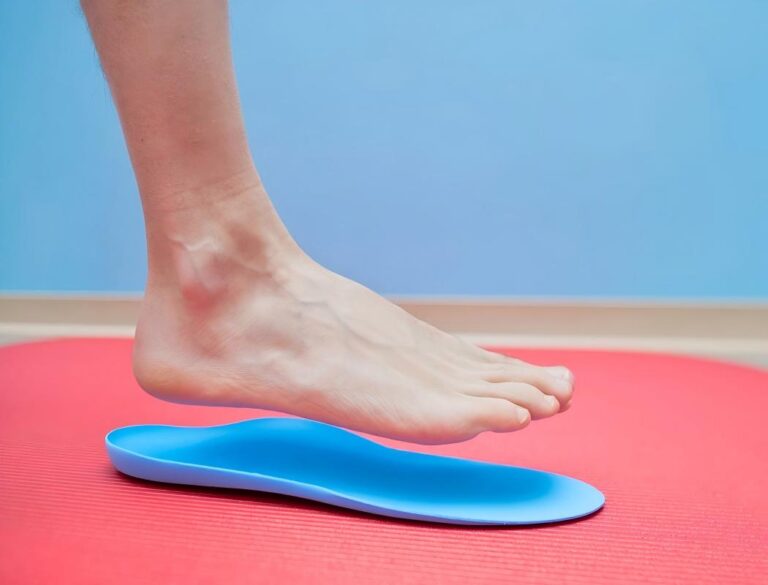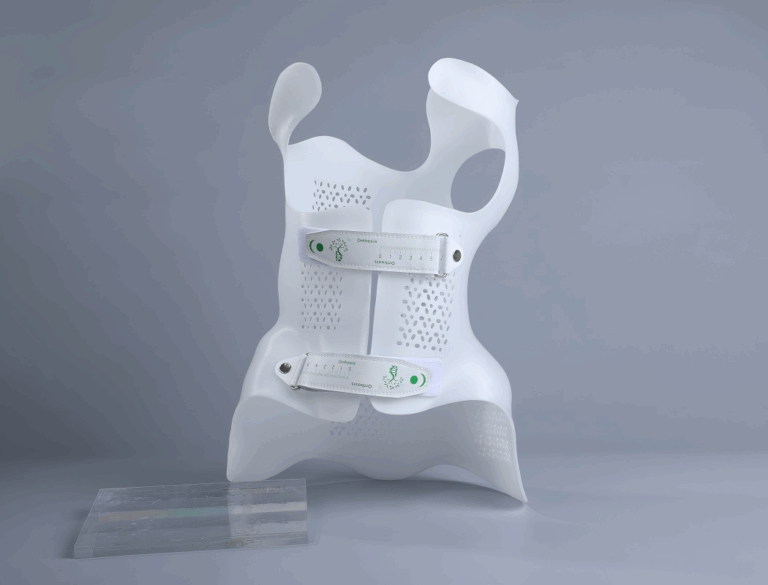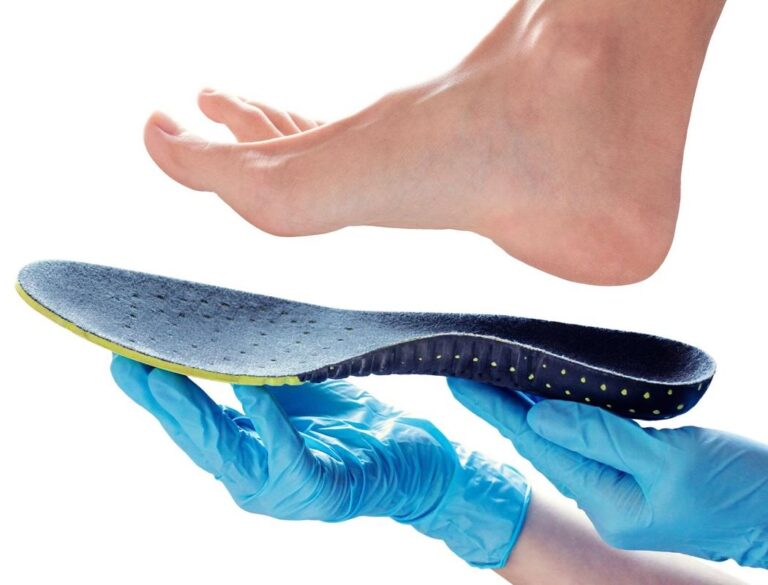3D printing for orthodontics is transforming the field, offering unprecedented precision, efficiency, and customization in dental treatments. With the best 3D printer for orthodontics, dental professionals can create high-quality orthodontic devices and models, enhancing patient care and streamlining workflows. This blog will explore what 3D orthodontics is, how 3D printing is used in this field, the materials involved, the types of 3D printers used, and some of the top dental 3D printers available for orthodontic applications.
What is 3D Orthodontics?
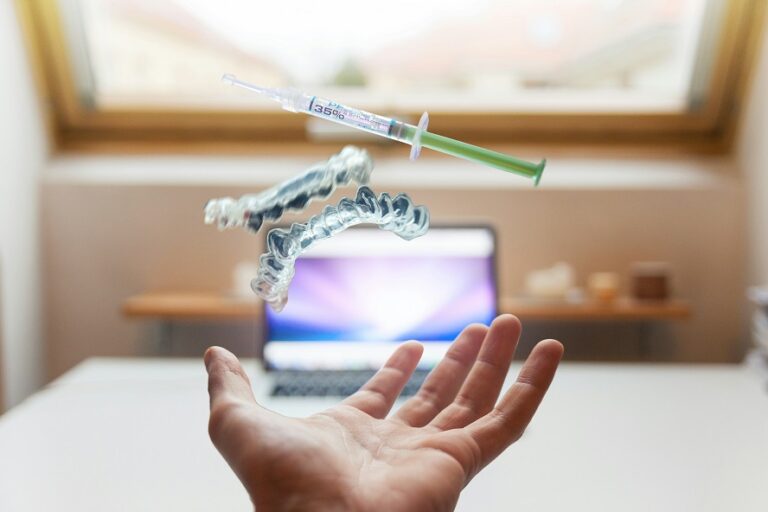
3D orthodontics refers to the use of 3D printing technology in the field of orthodontics. This involves creating precise dental models, braces, aligners, and other orthodontic devices using 3D printing. The technology enables orthodontists to design and produce customized dental appliances that fit perfectly to a patient’s unique dental structure. This personalized approach not only improves the effectiveness of the treatment but also enhances patient comfort and satisfaction.
How is 3D Printing Used in Orthodontics?
3D printing in orthodontics encompasses several key applications that streamline and enhance the practice:
Custom Dental Models
Orthodontists use 3D printers to create accurate dental models from digital scans of patients’ teeth. These models serve as a foundation for designing braces, aligners, and other dental appliances. The precision of 3D printing ensures that these models replicate the exact dimensions and contours of a patient’s teeth, allowing for the creation of highly accurate orthodontic devices.
Fabrication of Aligners and Braces

One of the most significant uses of 3D printing in orthodontics is the production of clear aligners and braces. Unlike traditional methods that rely on manual adjustments and fittings, 3D printing allows for the creation of aligners that are tailored to the patient’s specific dental anatomy. This results in better fitting devices, reduced discomfort, and shorter treatment times.
Surgical Guides and Tools
3D printing is also used to create surgical guides and tools that assist in complex dental procedures. These guides are designed based on precise digital models, ensuring accurate placement and alignment during surgeries. This application enhances the precision and safety of orthodontic procedures.
What Materials are Used for 3D Printing in Orthodontics?
The materials used in 3D printing for orthodontics are specifically formulated to meet the stringent requirements of dental applications. One of the most trusted materials in the industry is Ortho Model Resin.
Ortho Model Resin is a biocompatible resin specifically engineered for dental models and orthodontic purposes. It is renowned for its outstanding print accuracy, heat resistance, substantial hardness, and a silky-smooth finish. This resin maintains the flexibility needed for dental workflows while offering resistance to abrasion, ensuring that the precision of the models is maintained even after repeated use. These properties make Ortho Model Resin an ideal choice for creating highly accurate and durable orthodontic devices.
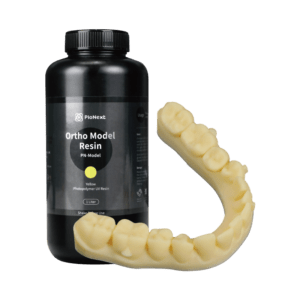
Biocompatibility
Accuracy
Heat Resistance
Smooth Finish
Flexibility and Abrasion Resistance
What Type of 3D Printers are Used in Orthodontics?
Several types of 3D printers are employed in orthodontics, each offering unique capabilities suited to different aspects of dental manufacturing:
Stereolithography (SLA) Printers
SLA printers use a laser to cure liquid resin into hardened plastic, layer by layer. These printers are known for their high resolution and accuracy, making them ideal for producing detailed dental models and aligners. SLA printers are widely used in orthodontics for their ability to create smooth and precise dental appliances.
Digital Light Processing (DLP) Printers
DLP printers use a digital projector screen to flash a single image of each layer across the entire platform, curing the resin all at once. This method is faster than SLA and is capable of producing highly detailed parts. DLP printers are favored in orthodontics for their speed and precision, making them suitable for high-volume production of dental models and aligners.
Fused Deposition Modeling (FDM) Printers
FDM printers create objects by extruding thermoplastic material layer by layer. While not as precise as SLA or DLP printers, FDM printers are used in orthodontics for creating larger models and less detail-sensitive parts. Their lower cost and ease of use make them a practical choice for certain dental applications.
Best 3D Printers for Orthodontics
The D150 is renowned for its speed and productivity, making it the fastest DLP 3D printer for dental applications. It is designed to meet the high demands of orthodontic practices, offering quick and high-quality prints.
- Speeds up to 80mm/h: Enables rapid production of dental models and aligners.
- High Speed Release Film: Ensures smooth and quick detachment of prints from the build plate.
- Adjustable Light Intensity: Ranges from 6000-20000uw/cm2, allowing for fine-tuning of print settings.
- Light Engine Life 30,000+ Hours: Guarantees long-lasting performance and reliability.
D158 DLP 3D printer
The D158 is a compact DLP 3D printer for dentistry, offering precision and reliability with features that simplify printing for dental labs, orthodontics, and practices.
- Automatic Lifting Cover: Enhances usability and simplifies the printing process.
- 62μm Pixel Size: Offers high-resolution prints, ensuring detailed and accurate surgical guides.
- High Speed Release Film: Improves printing efficiency by reducing the time required for layer separation.
- Stable Z-axis Structure: Ensures consistent and precise printing, essential for dental applications.
Conclusion
3D printing for orthodontics is revolutionizing the field by providing precise, efficient, and customizable dental solutions. The use of advanced 3D printers and specialized materials like Ortho Model Resin allows orthodontists to create high-quality dental models, aligners, and surgical guides with unmatched accuracy. Printers like the DJ89 PLUS 8K and the D150 Fastest DLP 3D Printer are at the forefront of this technological shift, offering capabilities that enhance patient care and streamline orthodontic workflows.
As the technology continues to evolve, the integration of 3D printing into orthodontics will only become more prevalent, driving further innovation and improving outcomes for patients and practitioners alike. Embracing these advancements not only enhances the efficiency and effectiveness of orthodontic treatments but also positions dental practices at the cutting edge of dental technology.
